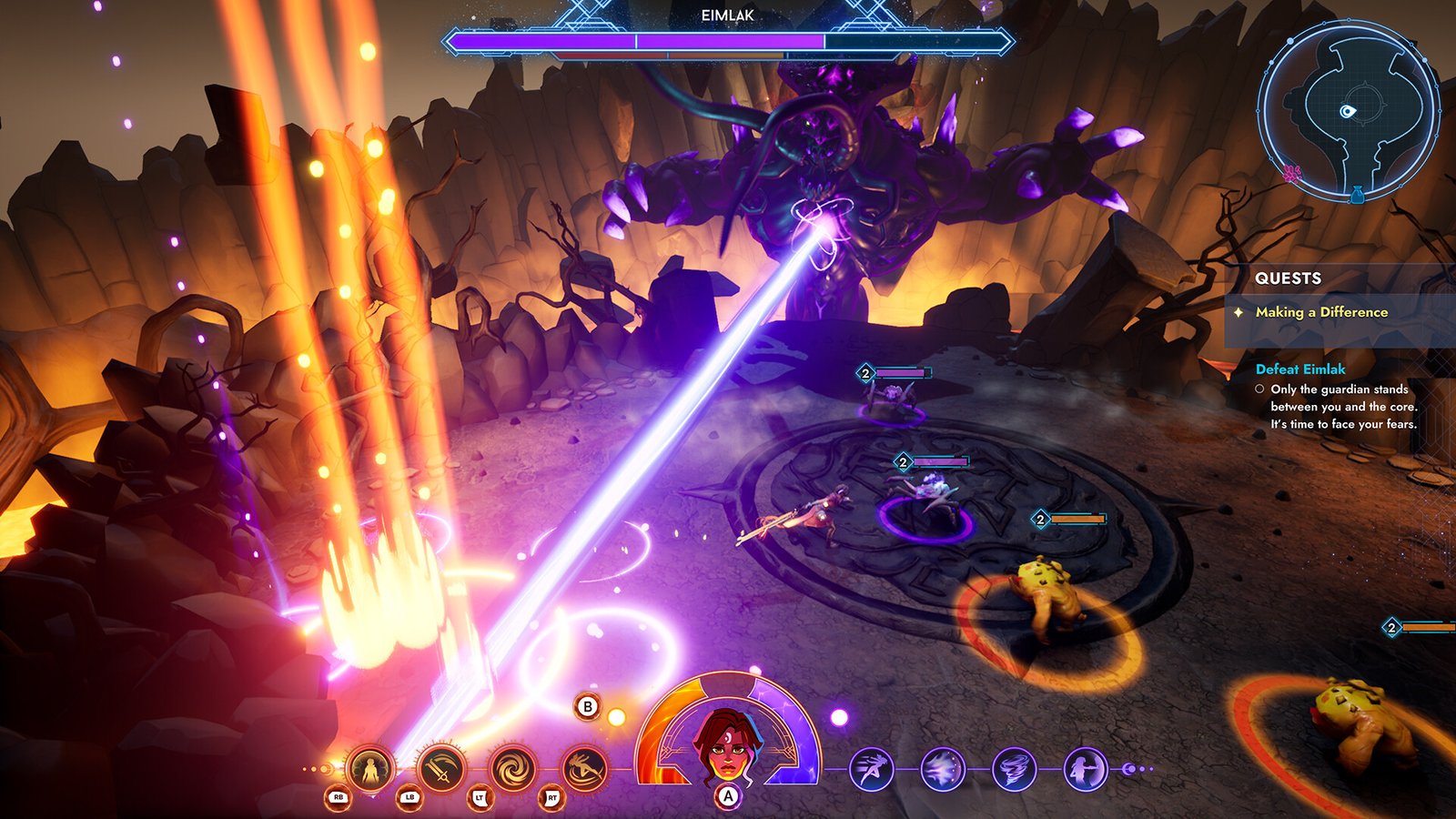The 120Hz Gaming Monitor: Elevating Your Gaming Experience

Introduction
Table of Contents
ToggleIn the ever-evolving world of gaming, a monitor’s refresh rate plays a crucial role in delivering an immersive and responsive gaming experience. Among the various refresh rate options available, the 120Hz gaming monitor stands out as a popular choice for both casual and competitive gamers. This article explores the benefits, features, and considerations associated with 120Hz gaming monitors, helping you make an informed decision for your gaming setup.
What is a 120Hz Gaming Monitor?
A 120Hz gaming monitor refers to a display that refreshes the image on screen 120 times per second. This refresh rate is significantly higher than the standard 60Hz monitors and offers smoother motion and improved responsiveness, which is especially beneficial in fast-paced gaming scenarios.
Refresh Rate Explained
The refresh rate of a monitor is measured in Hertz (Hz) and represents how many times the screen updates with new information per second. A higher refresh rate means more frames per second (FPS), leading to a smoother visual experience. For gamers, this translates to more fluid motion, reduced motion blur, and enhanced precision in gameplay.
Advantages of a 120Hz Gaming Monitor
1. Smoother Gameplay
One of the most noticeable benefits of a 120Hz monitor is the smoother gameplay experience it provides. With 120 frames per second, motion appears more fluid and natural, reducing stutter and screen tearing. This improvement is particularly evident in fast-paced games, such as first-person shooters and racing games, where every millisecond counts.
2. Enhanced Responsiveness
A higher refresh rate also improves input responsiveness. Gamers will experience reduced lag between their inputs (like mouse movements or keystrokes) and the corresponding actions on screen. This increased responsiveness can be a game-changer in competitive gaming, where split-second decisions and quick reactions are crucial.
3. Reduced Motion Blur
Motion blur can be a significant issue in gaming, particularly during high-speed action sequences. A 120Hz monitor helps minimize motion blur by refreshing the screen more frequently, which results in clearer and sharper images during rapid movements. This enhancement allows gamers to track fast-moving objects with greater accuracy.
4. Improved Visual Clarity
The increased refresh rate of a 120Hz monitor contributes to overall visual clarity. Games and videos appear more detailed and less prone to distortion, which enhances the overall gaming experience. For gamers who value visual fidelity, this improvement can make a noticeable difference.
Key Features to Consider
When selecting a 120Hz gaming monitor, there are several key features to consider to ensure you get the most out of your investment.
1. Resolution
The resolution of a monitor determines the clarity and detail of the image. While 120Hz monitors are available in various resolutions, common options include Full HD (1920×1080), Quad HD (2560×1440), and 4K Ultra HD (3840×2160). Higher resolutions offer more detailed images but may require more powerful hardware to maintain high frame rates.
2. Panel Type
The panel type affects the monitor’s color accuracy, contrast, and viewing angles. The three main panel types are:
- IPS (In-Plane Switching): Known for its excellent color reproduction and wide viewing angles. IPS panels tend to have slower response times compared to other types.
- TN (Twisted Nematic): Offers faster response times and higher refresh rates, making it ideal for competitive gaming. However, TN panels typically have poorer color accuracy and viewing angles.
- VA (Vertical Alignment): Provides better contrast ratios and deeper blacks. VA panels balance speed and color performance but may have slower response times compared to TN panels.
3. Adaptive Sync Technology
Many 120Hz monitors include adaptive sync technologies like NVIDIA G-SYNC or AMD FreeSync. These technologies help reduce screen tearing and stuttering by synchronizing the monitor’s refresh rate with the graphics card’s frame rate. Choosing a monitor with adaptive sync support can enhance the overall gaming experience.
4. Connectivity Options
Ensure the monitor has the necessary connectivity options to match your gaming setup. Common inputs include HDMI, DisplayPort, and USB-C. Some monitors also offer additional features like built-in speakers or USB hubs, which can be convenient.
Gaming Performance
1. Competitive Gaming
For competitive gamers, the 120Hz refresh rate is a significant advantage. The increased frame rate and reduced input lag provide a competitive edge, allowing players to react faster and make more precise movements. Games that require quick reflexes and accuracy benefit the most from this refresh rate.
2. Casual Gaming and Media Consumption
Even for casual gamers, the improved visual experience of a 120Hz monitor enhances overall enjoyment. The smoother motion and reduced blur contribute to a more immersive and enjoyable gaming experience. Additionally, the monitor can enhance media consumption, such as watching movies or videos, providing a more fluid and engaging viewing experience.
Conclusion
The 120Hz gaming monitor is an excellent choice for gamers seeking a smoother, more responsive, and immersive gaming experience. With benefits like improved visual clarity, reduced motion blur, and enhanced responsiveness, it caters to both competitive and casual gamers. When choosing a 120Hz monitor, consider factors such as resolution, panel type, adaptive sync technology, and connectivity options to find the best fit for your gaming setup. Investing in a 120Hz monitor can elevate your gaming experience, providing a significant upgrade in both performance and enjoyment.













Post Comment